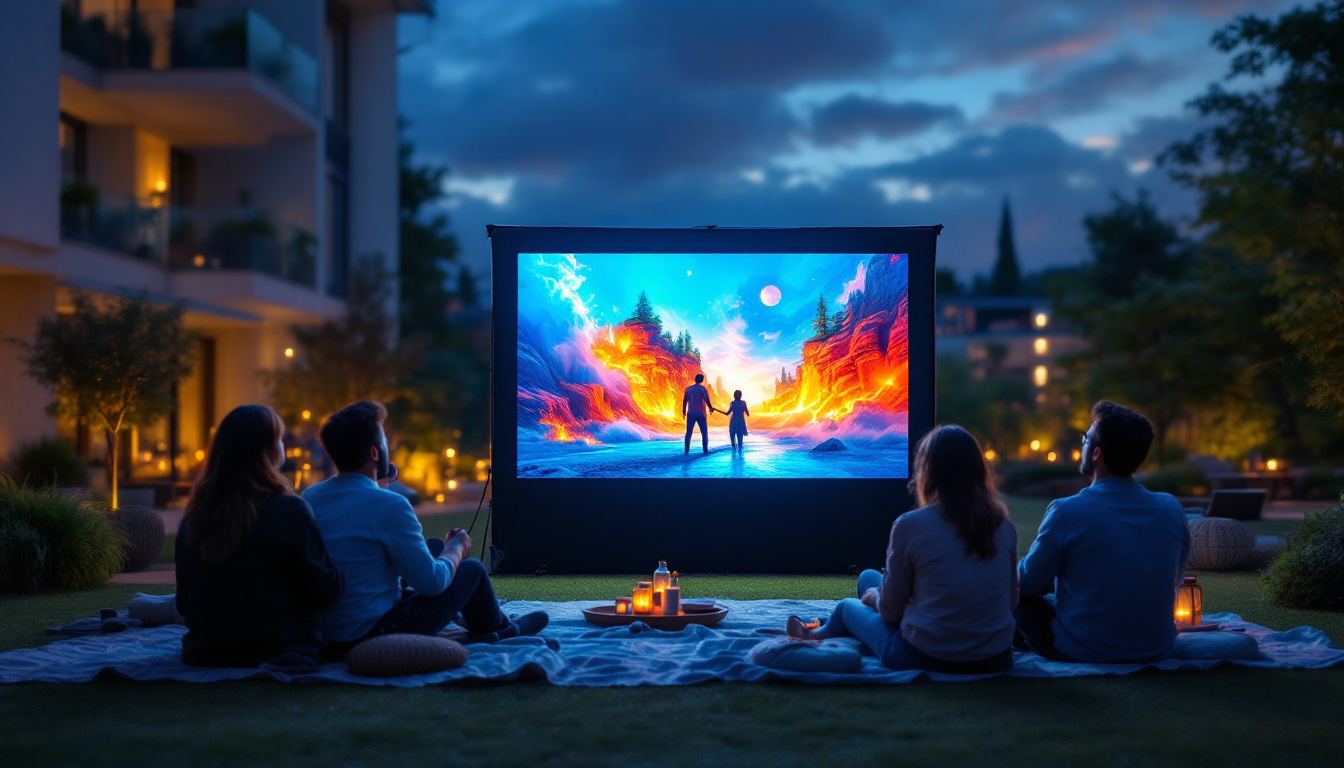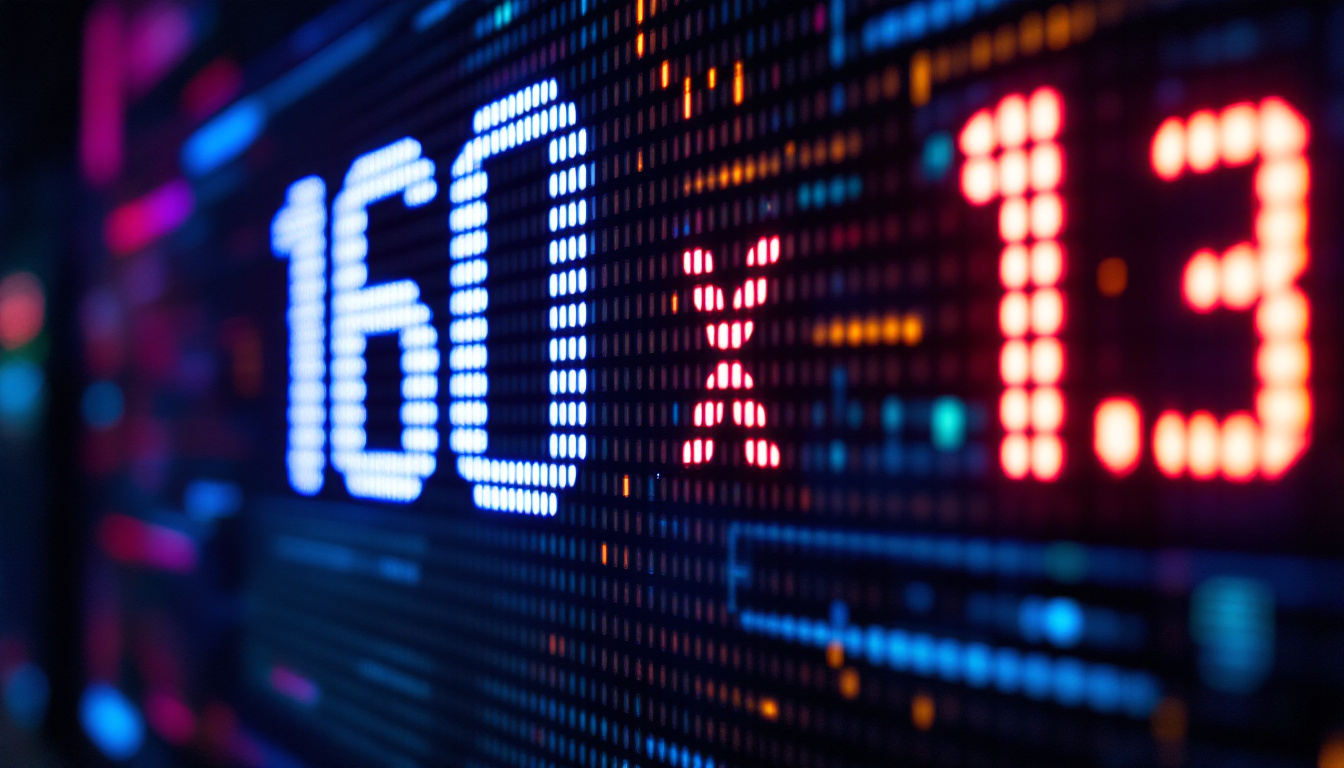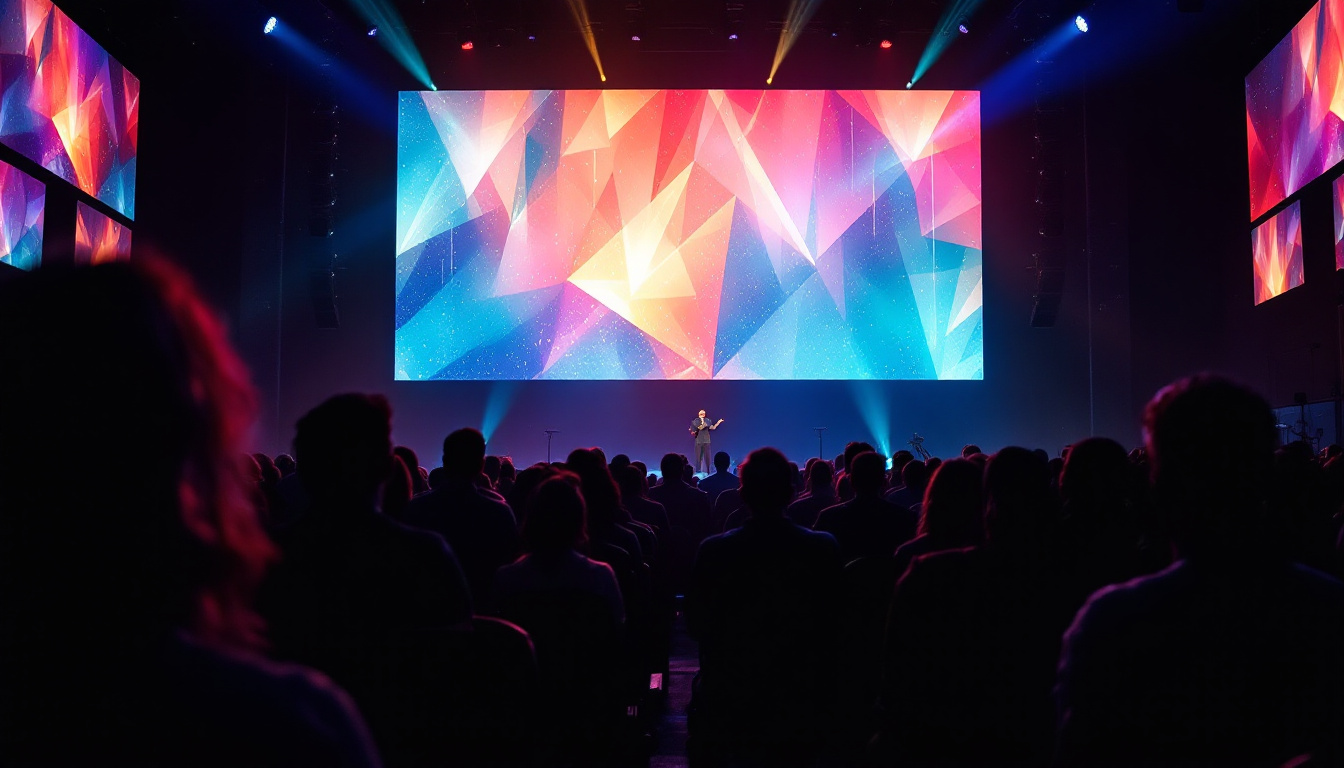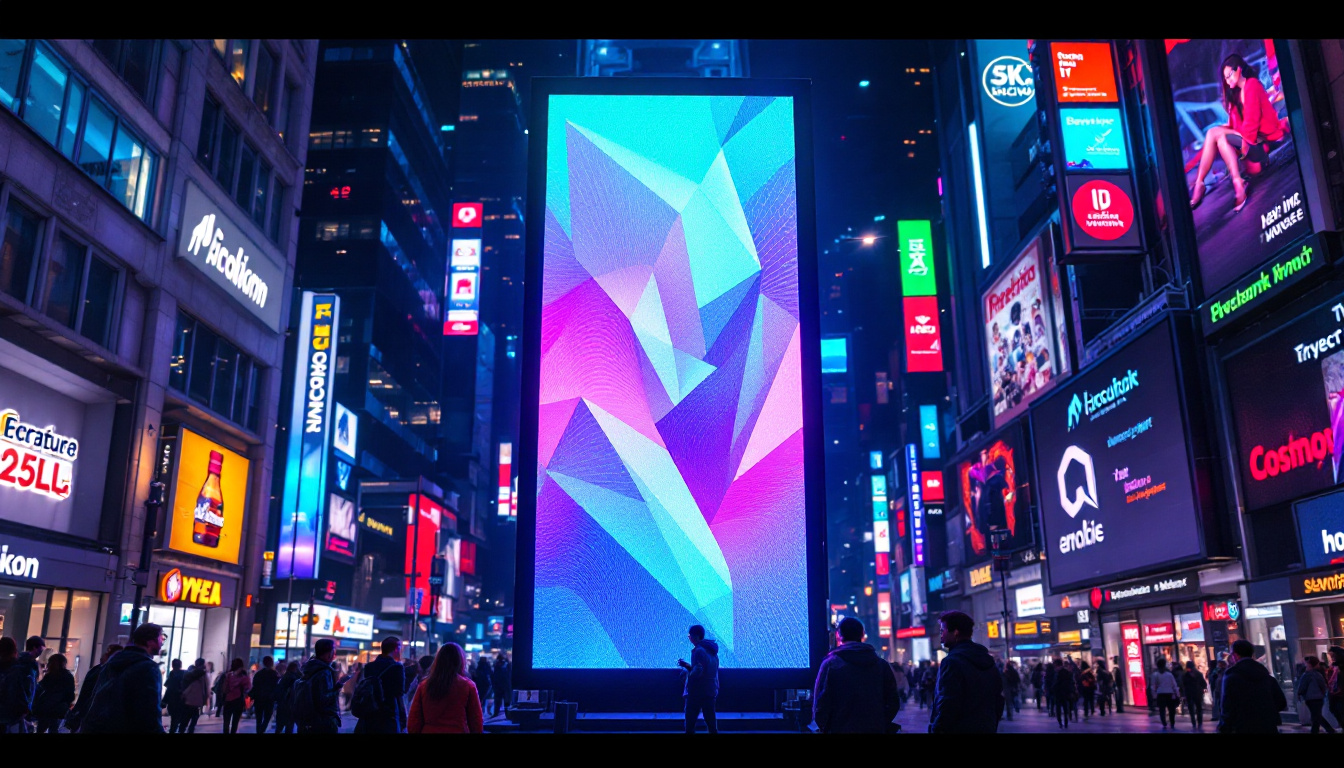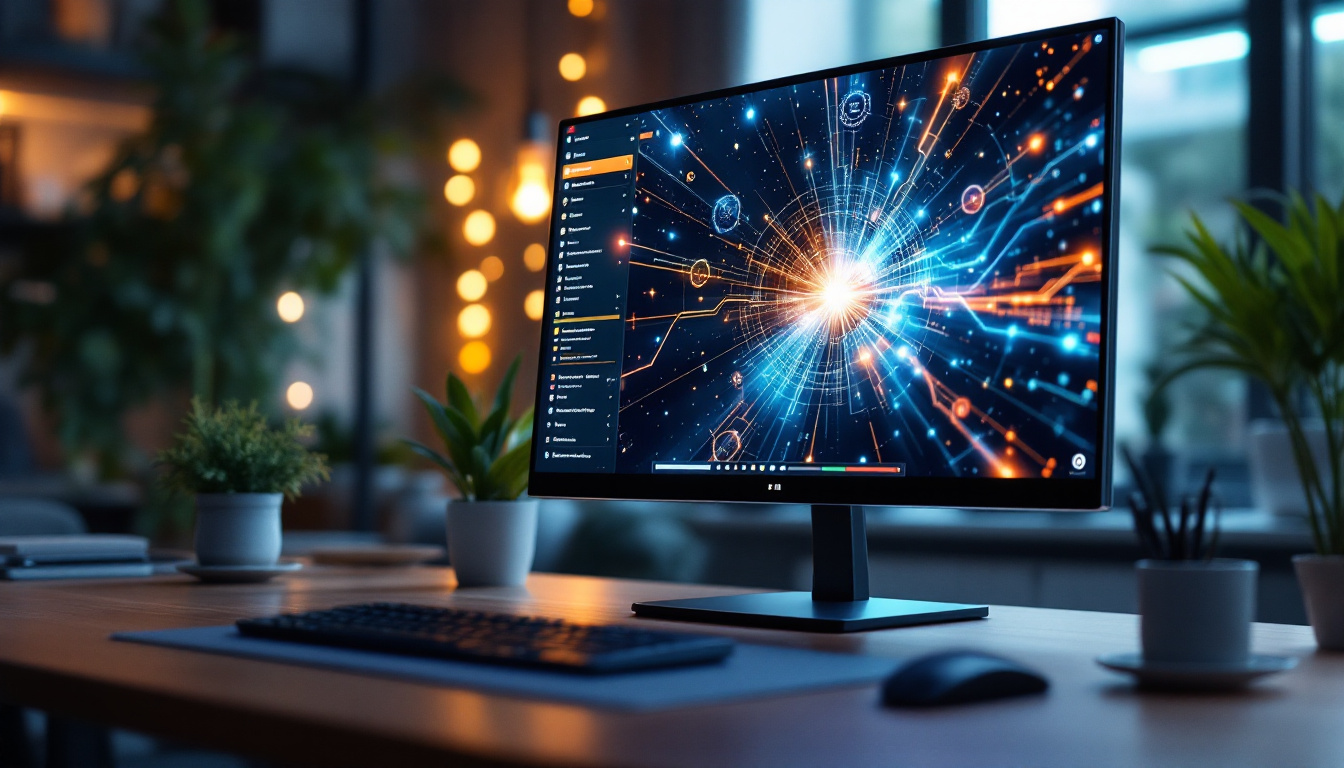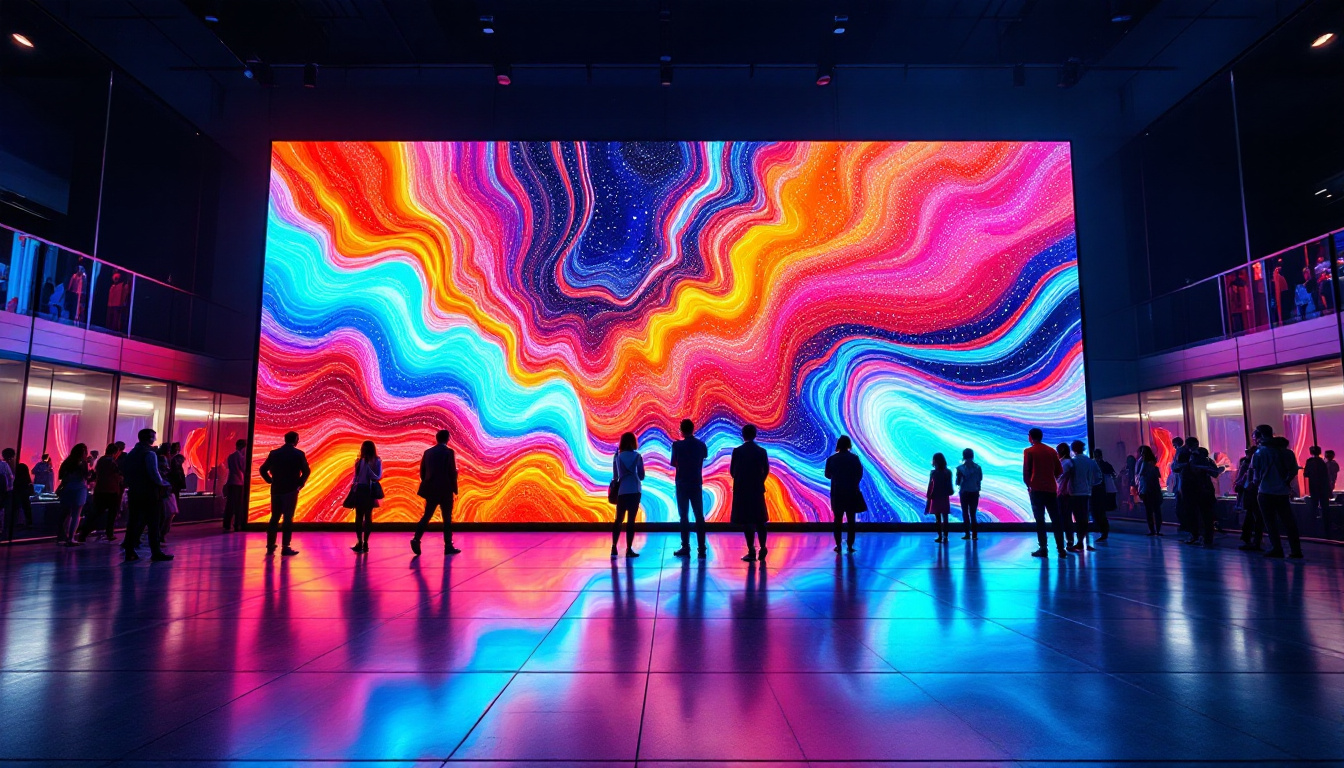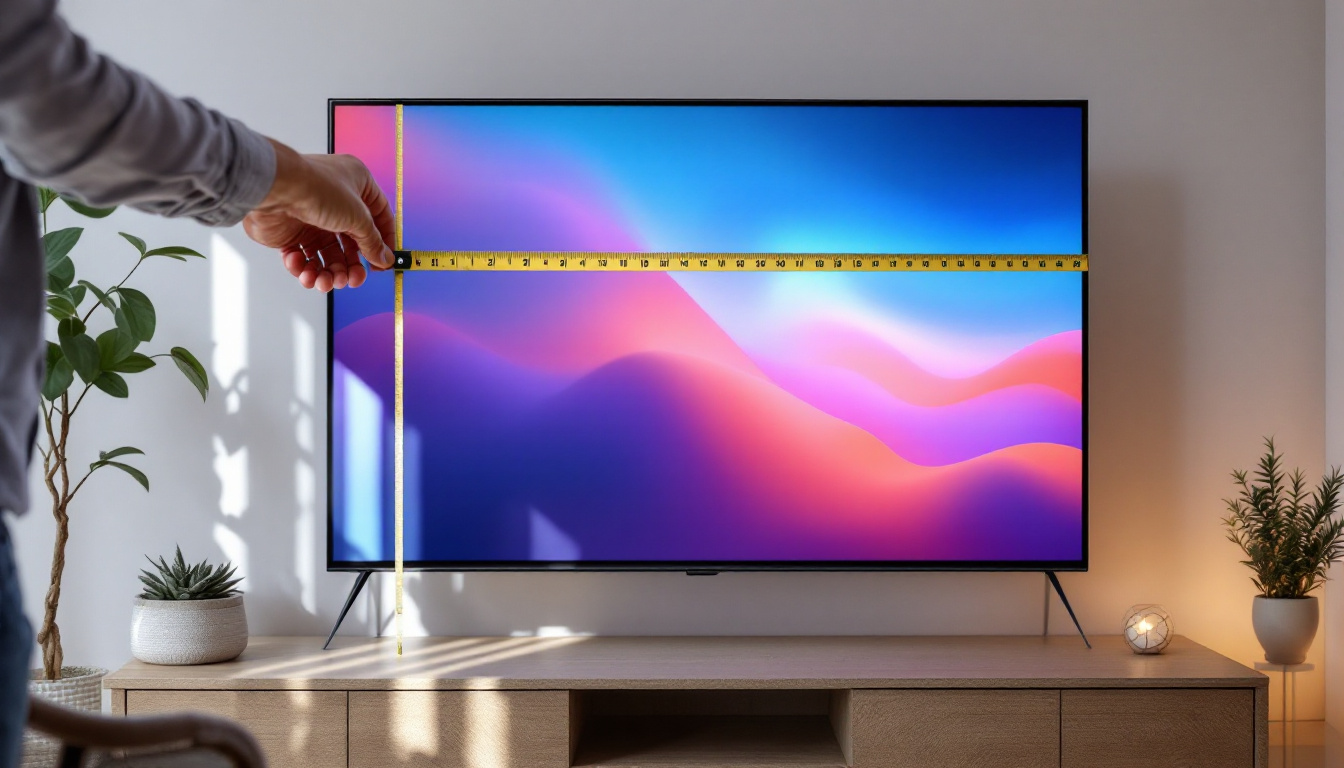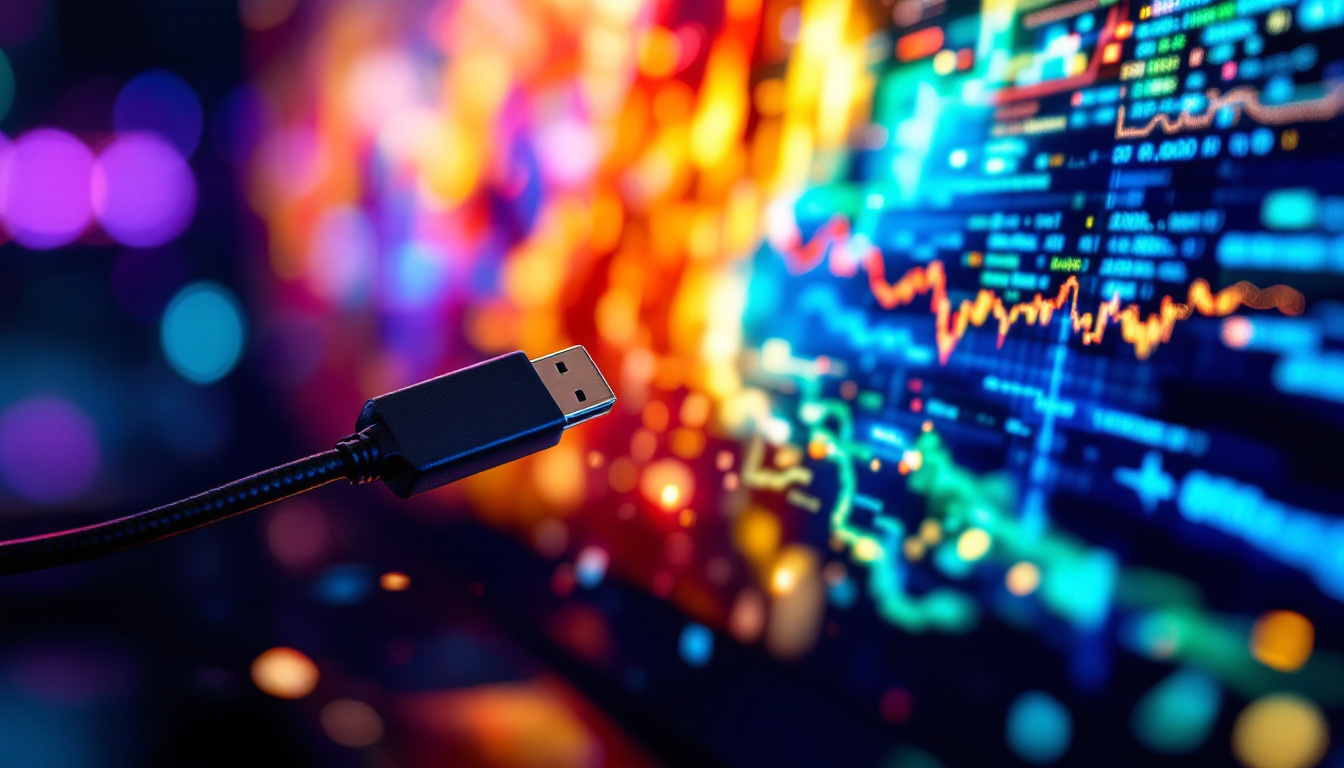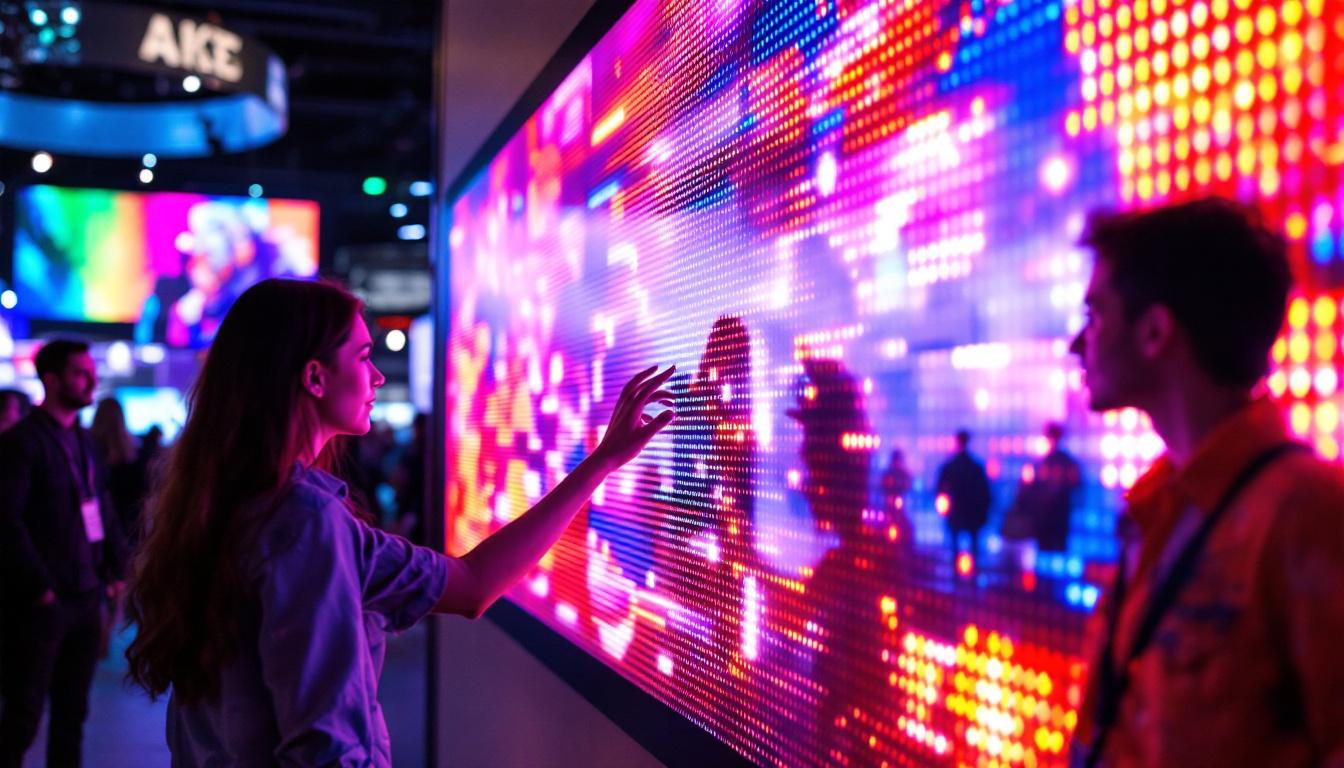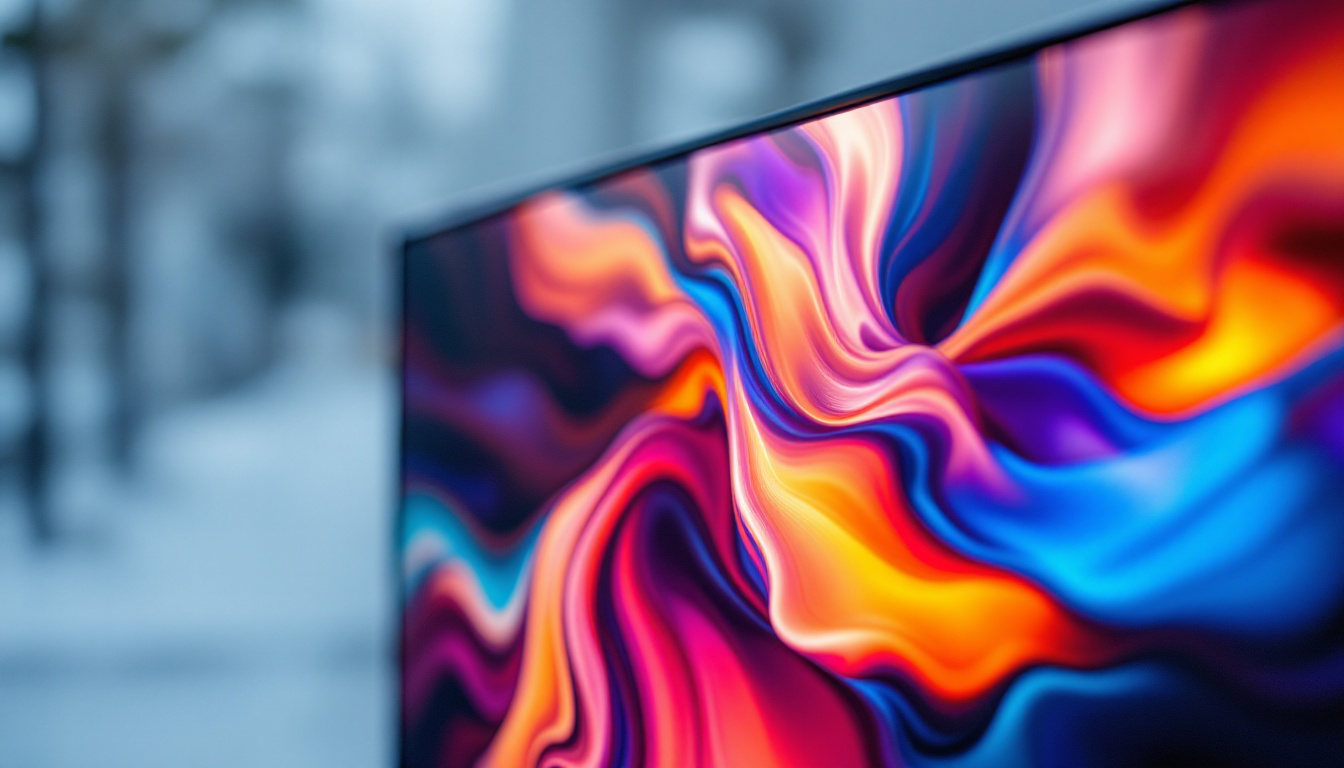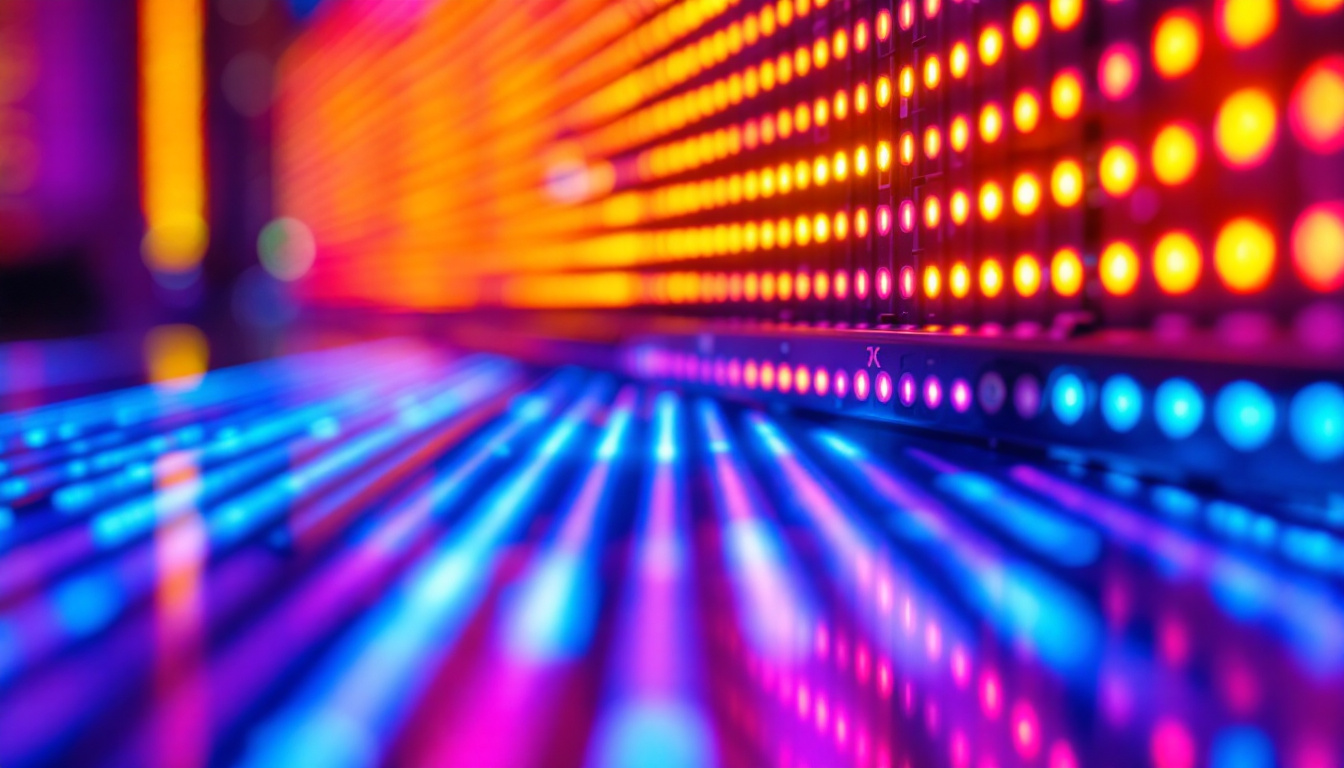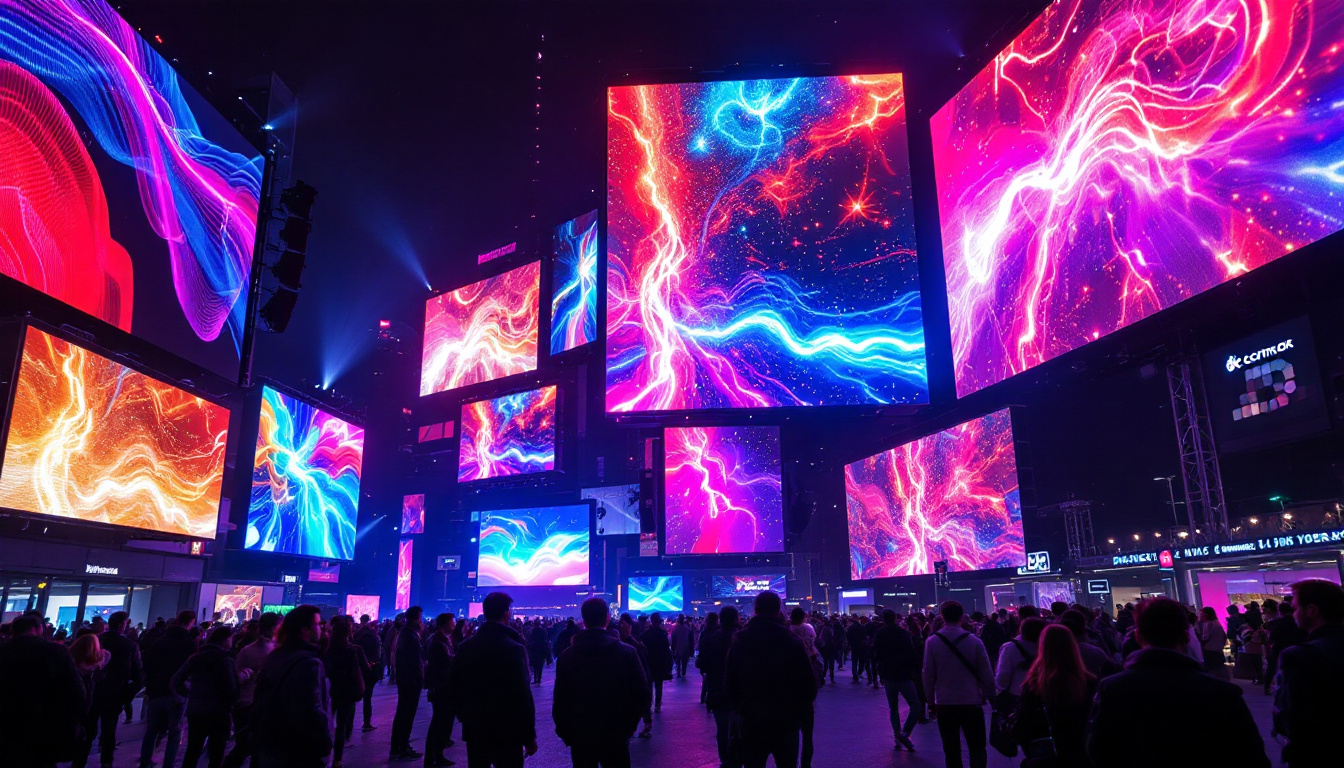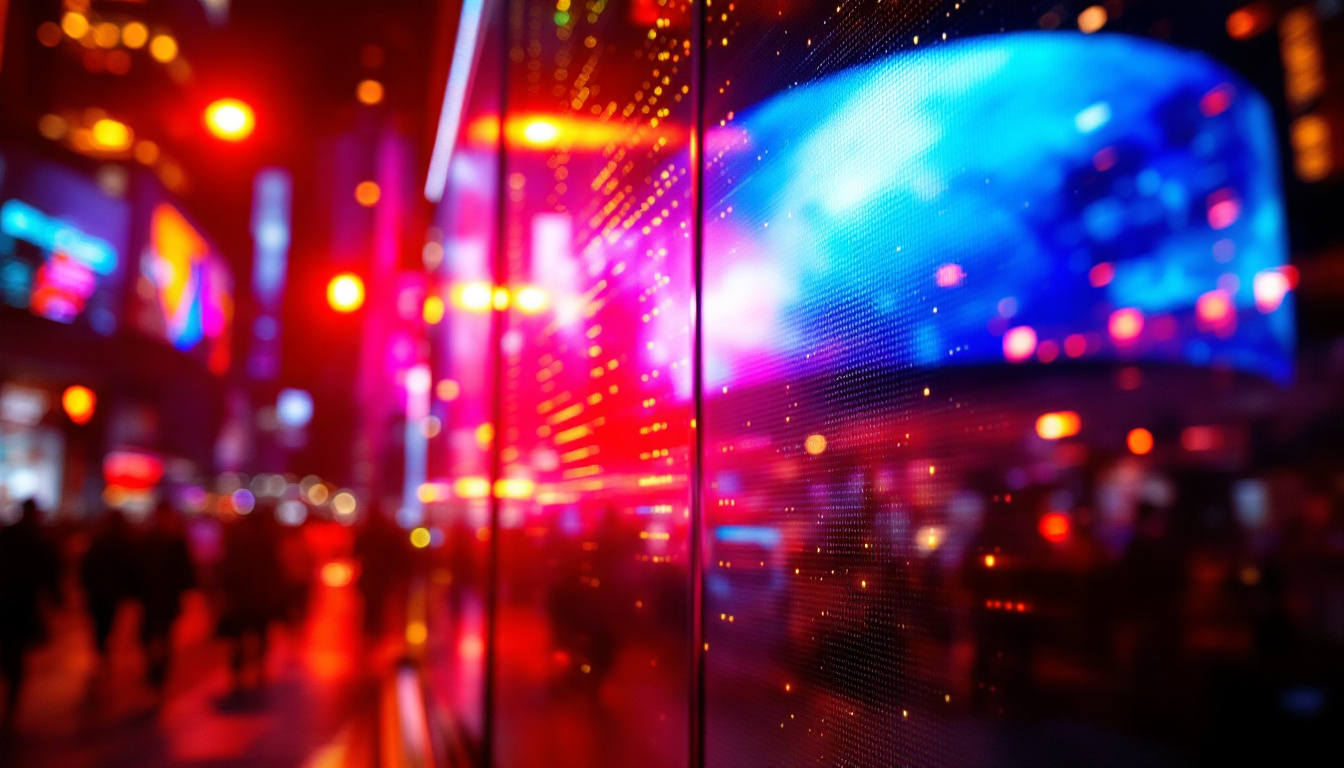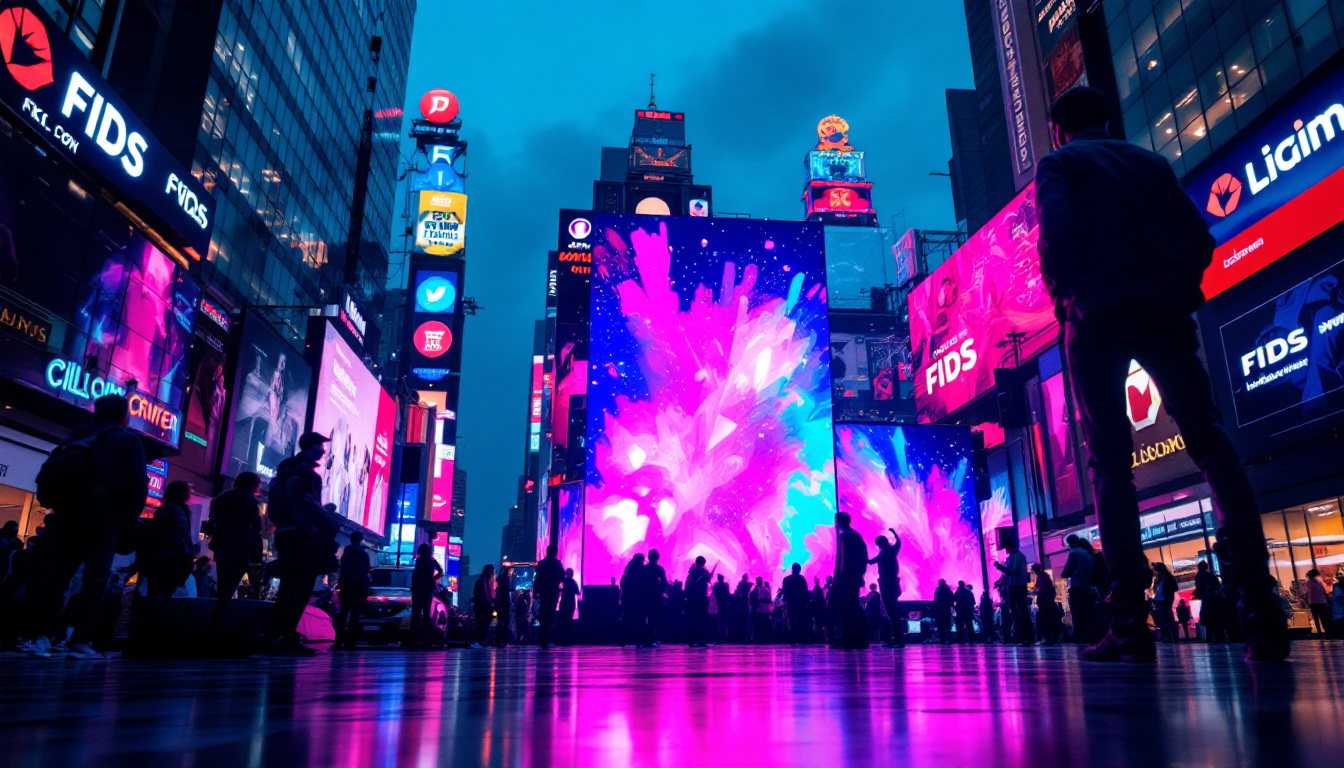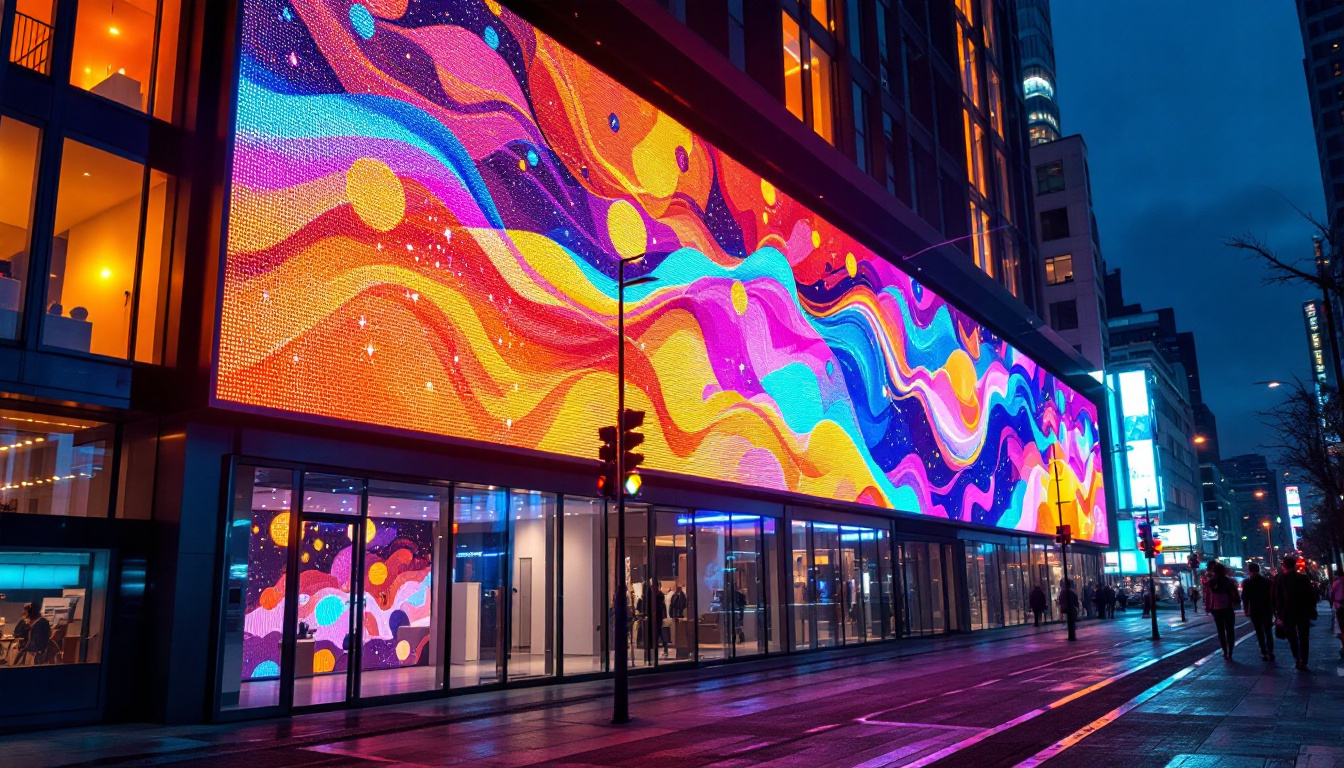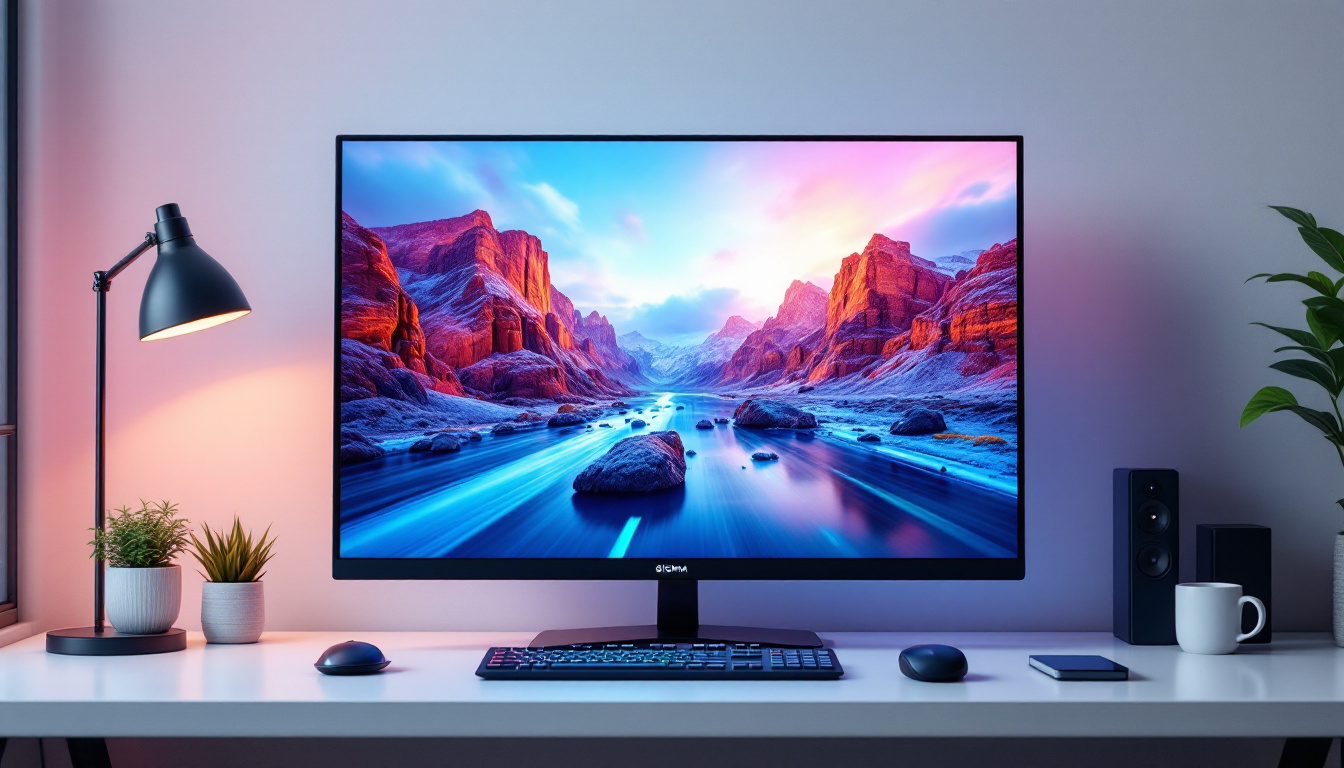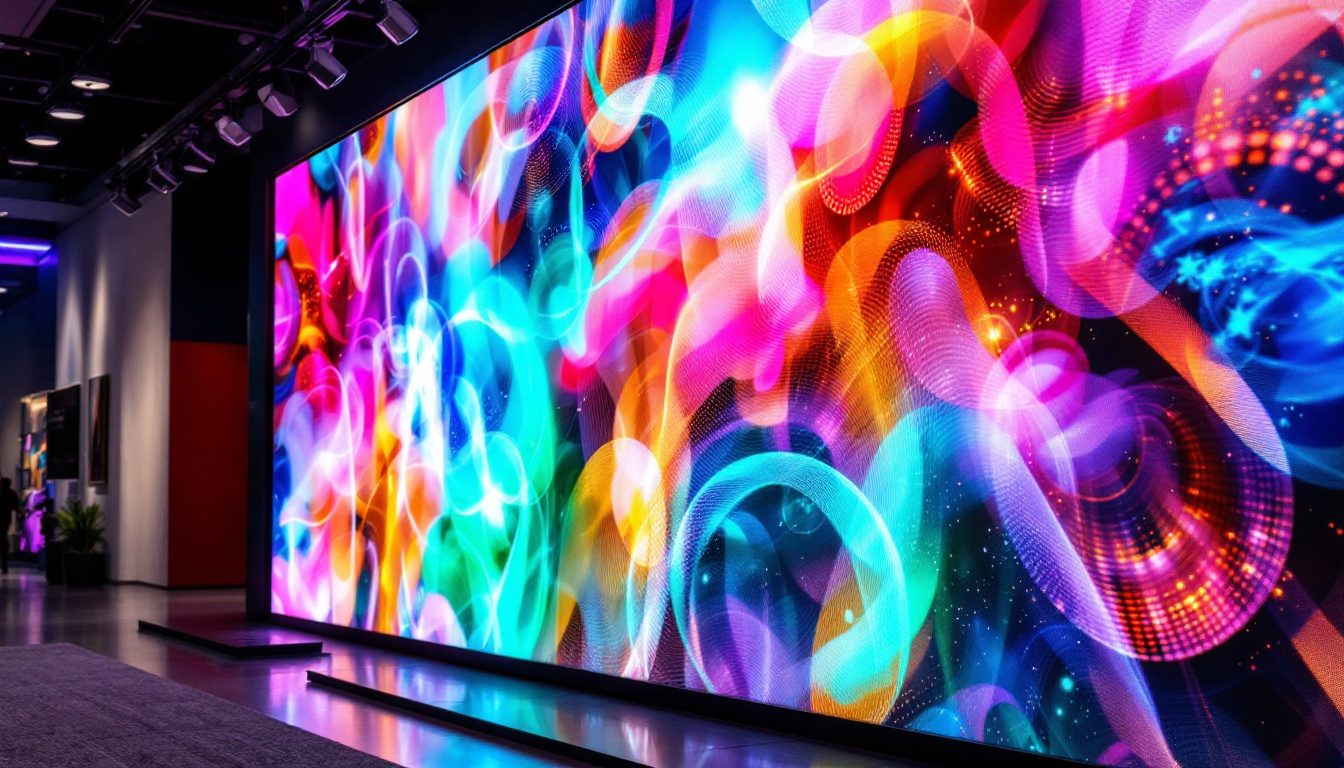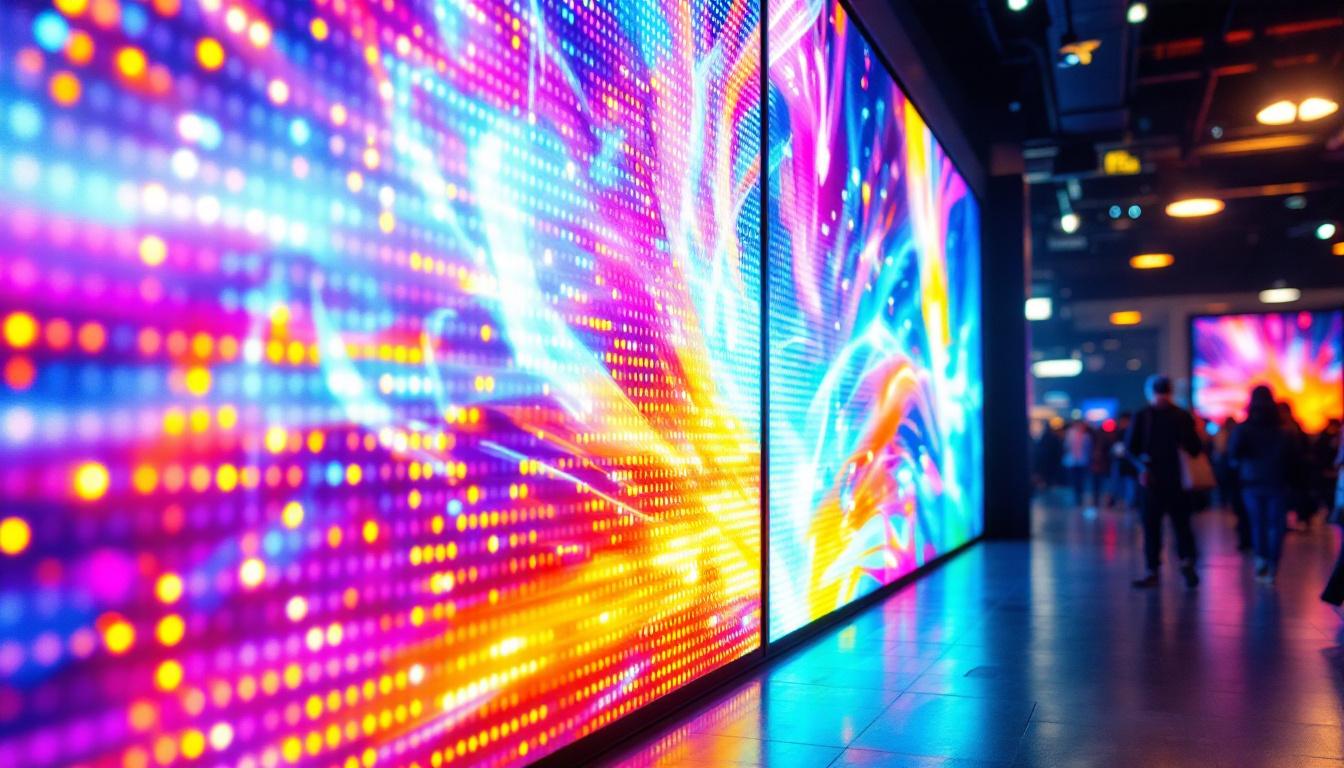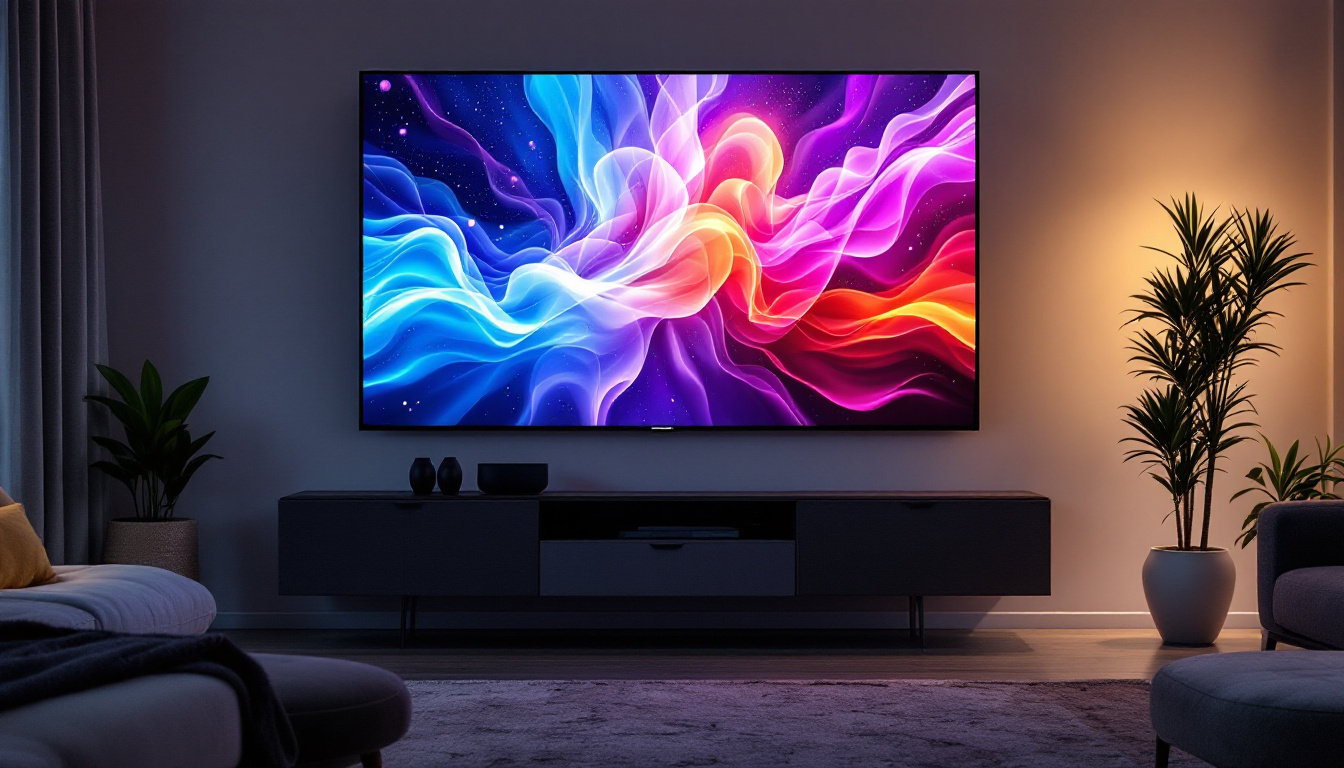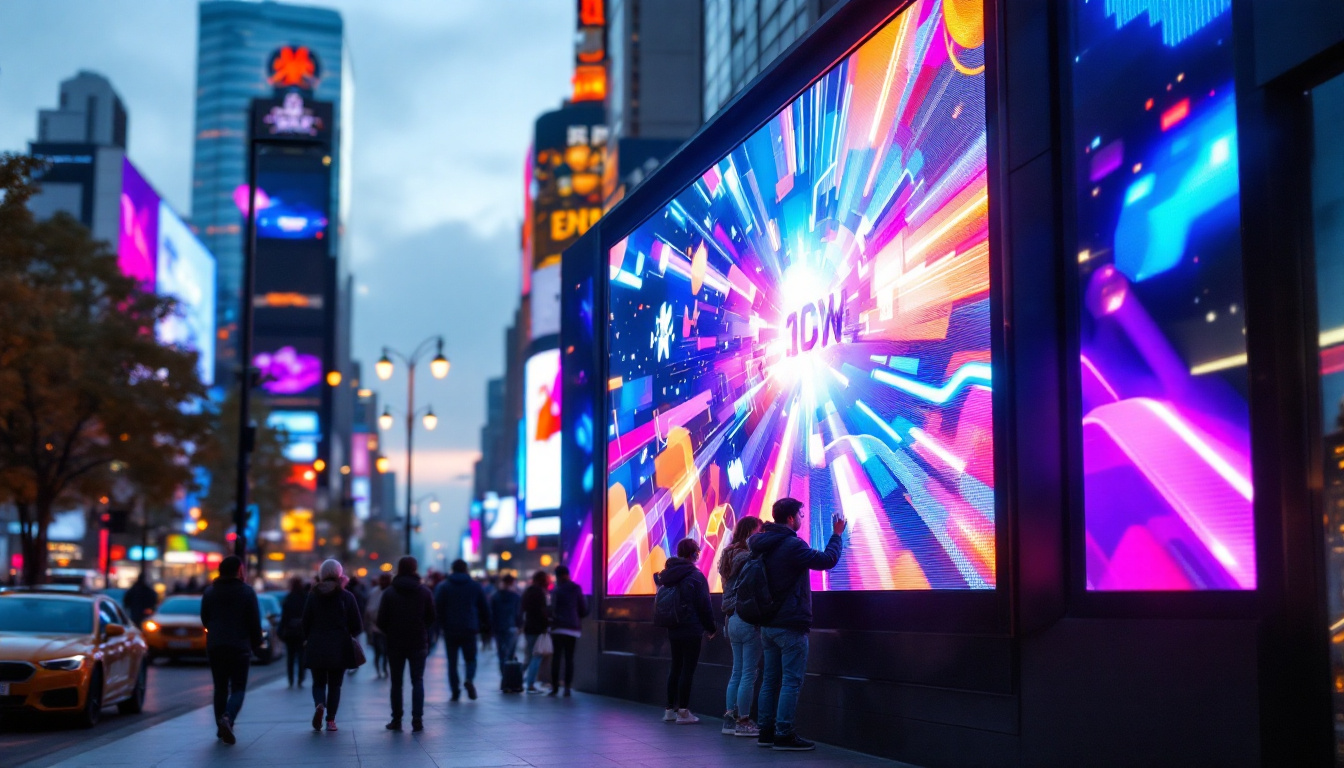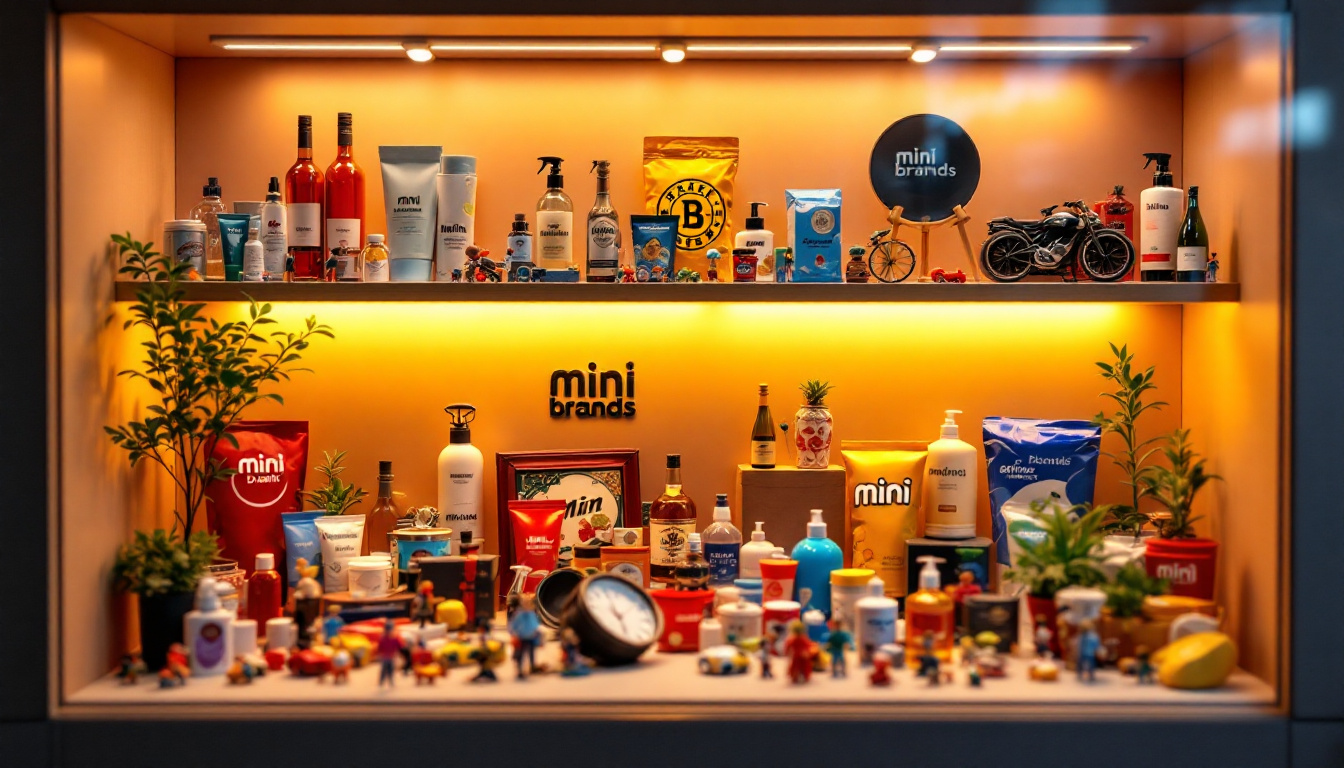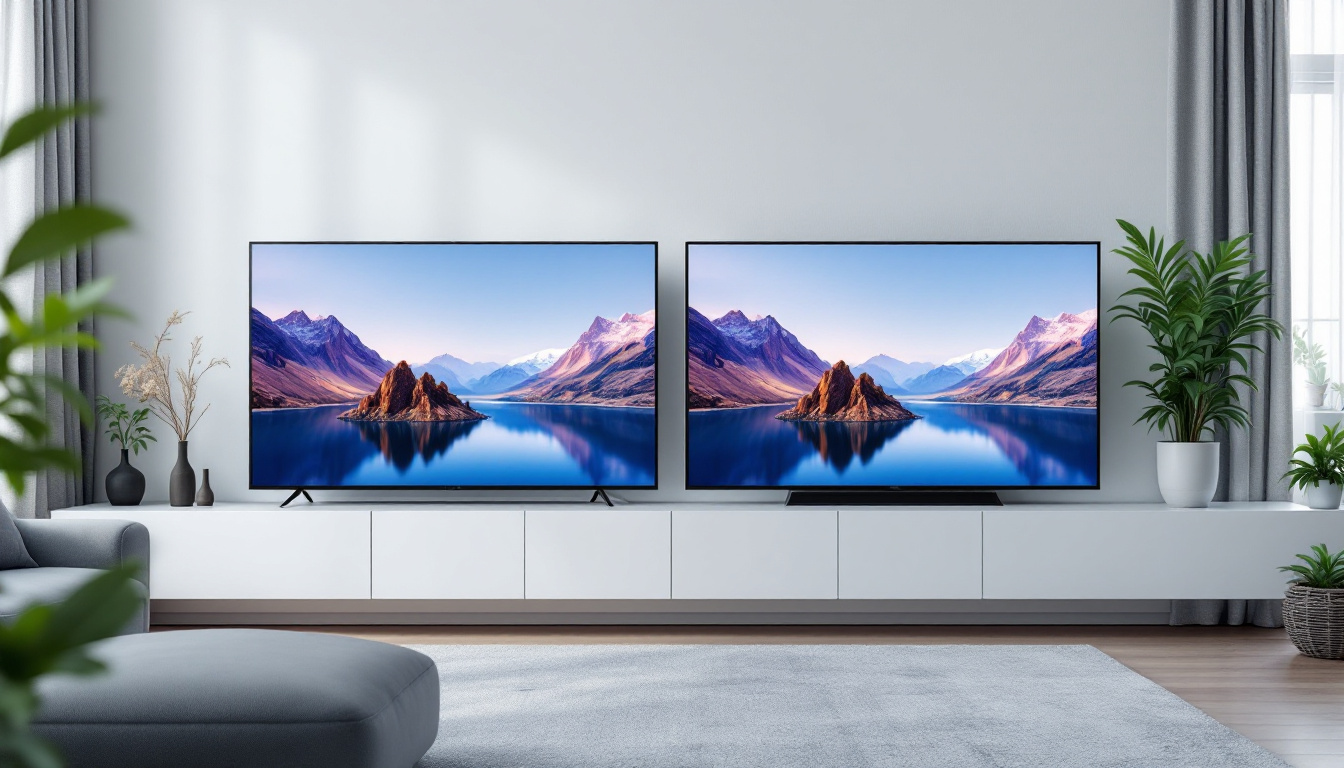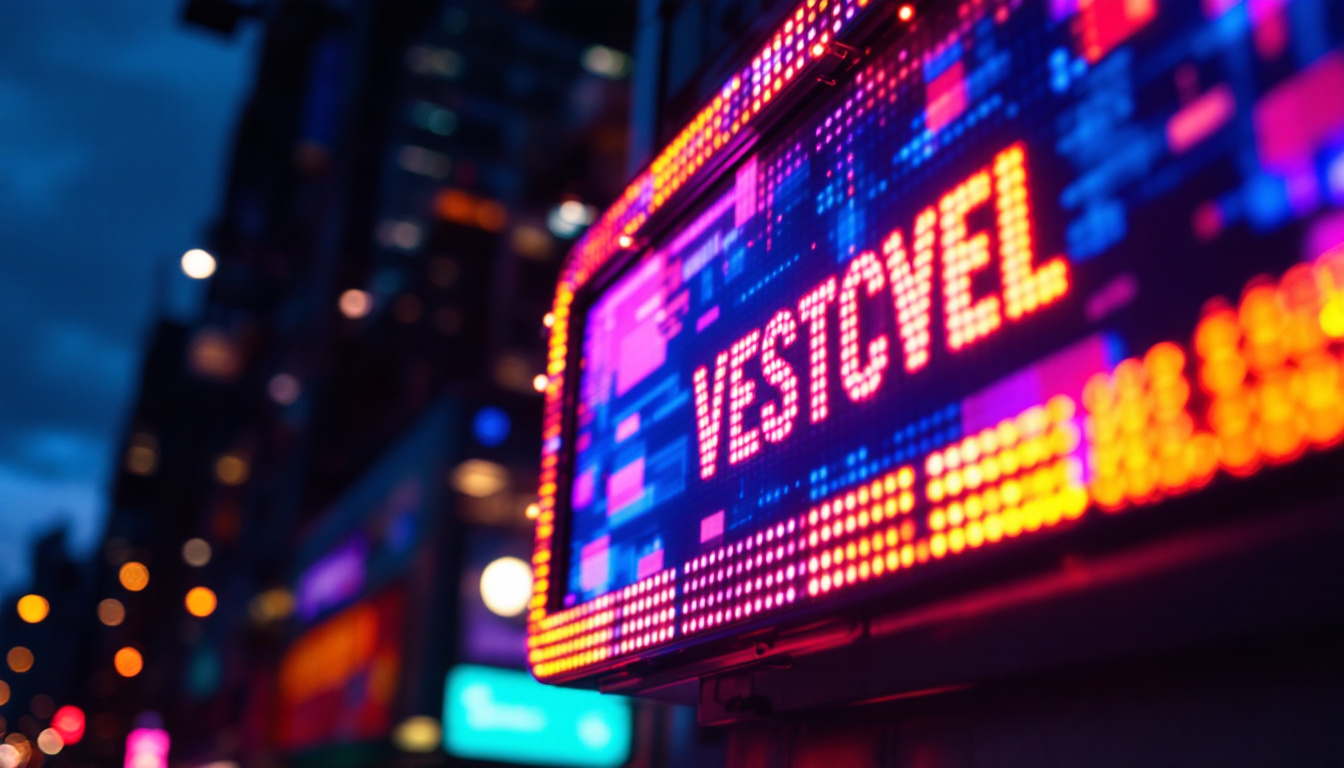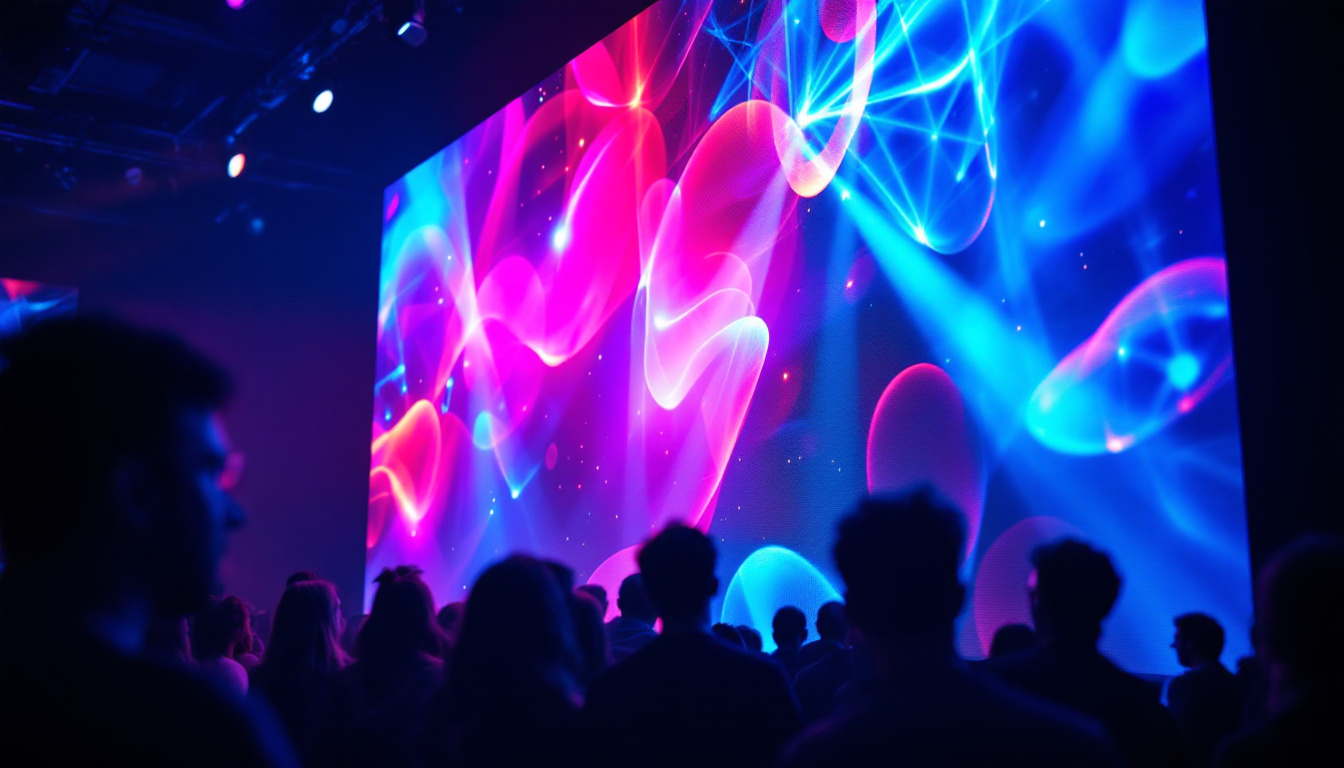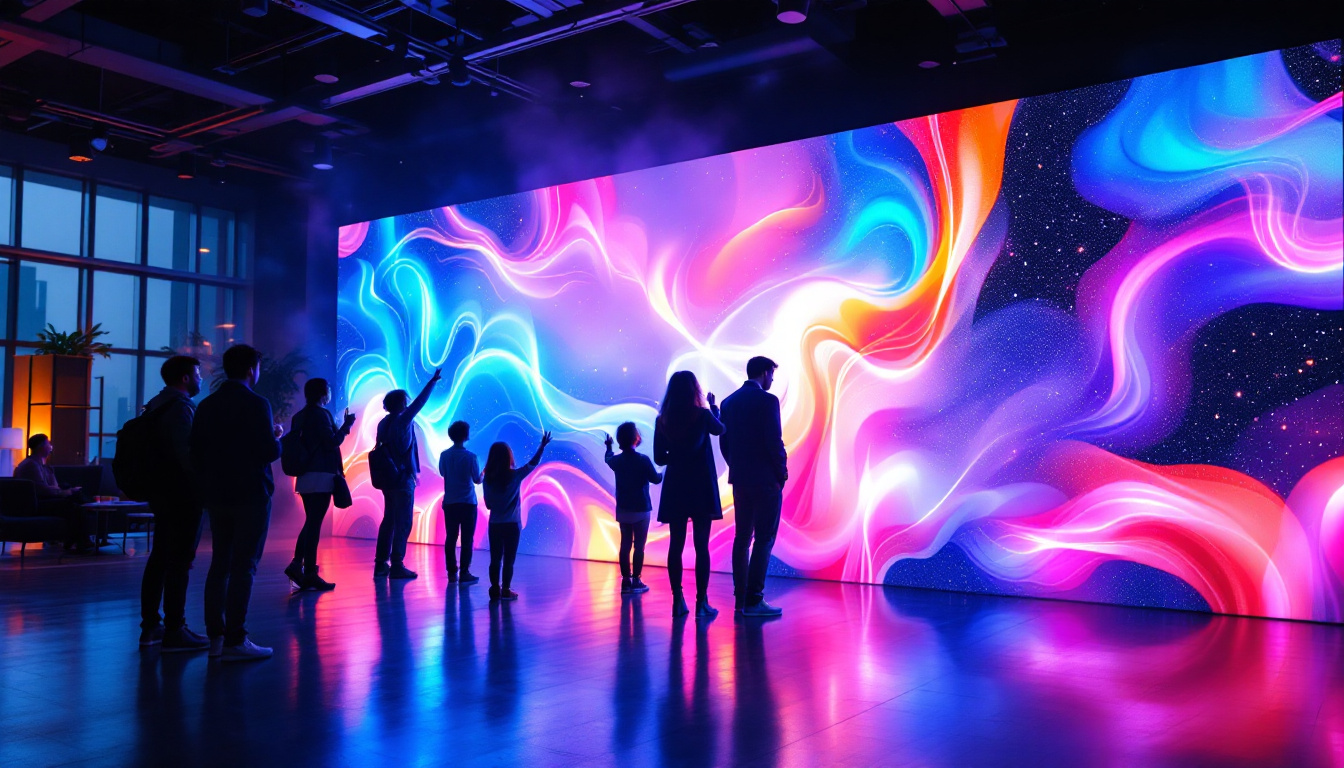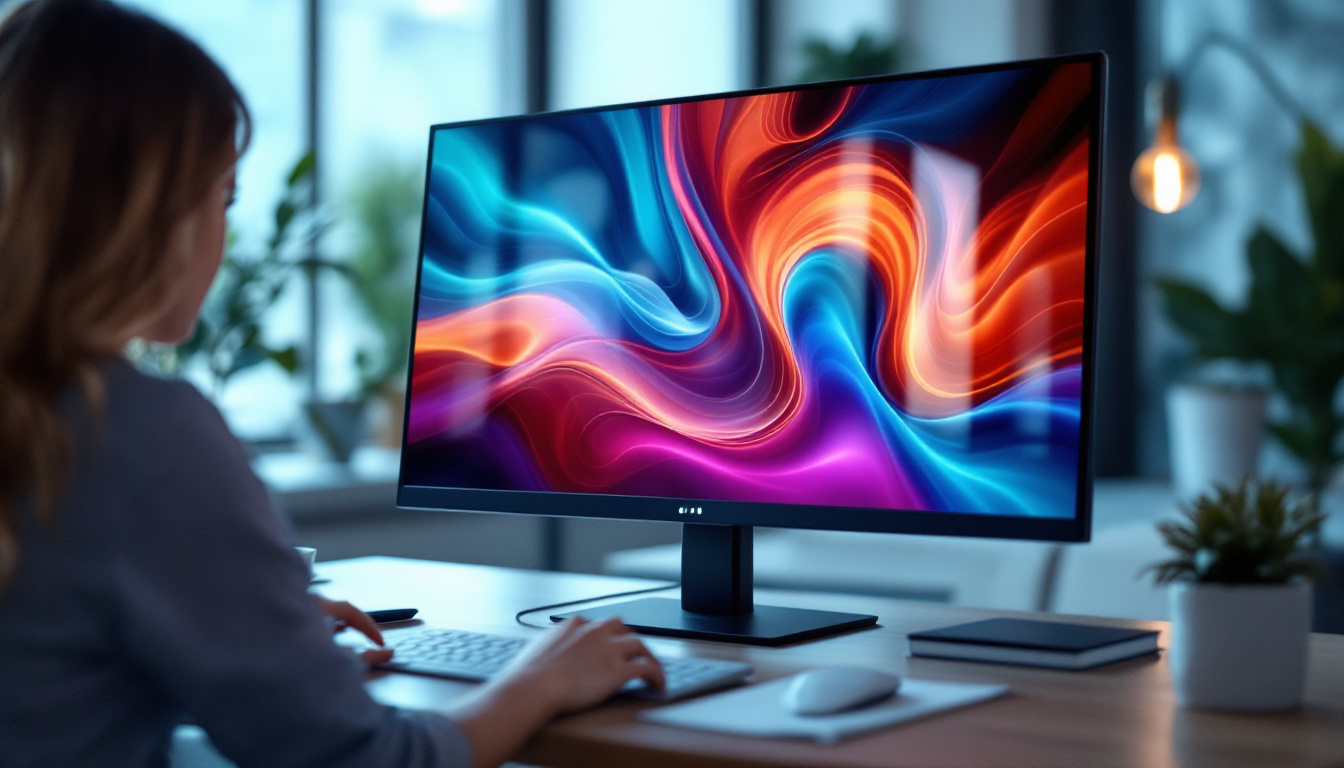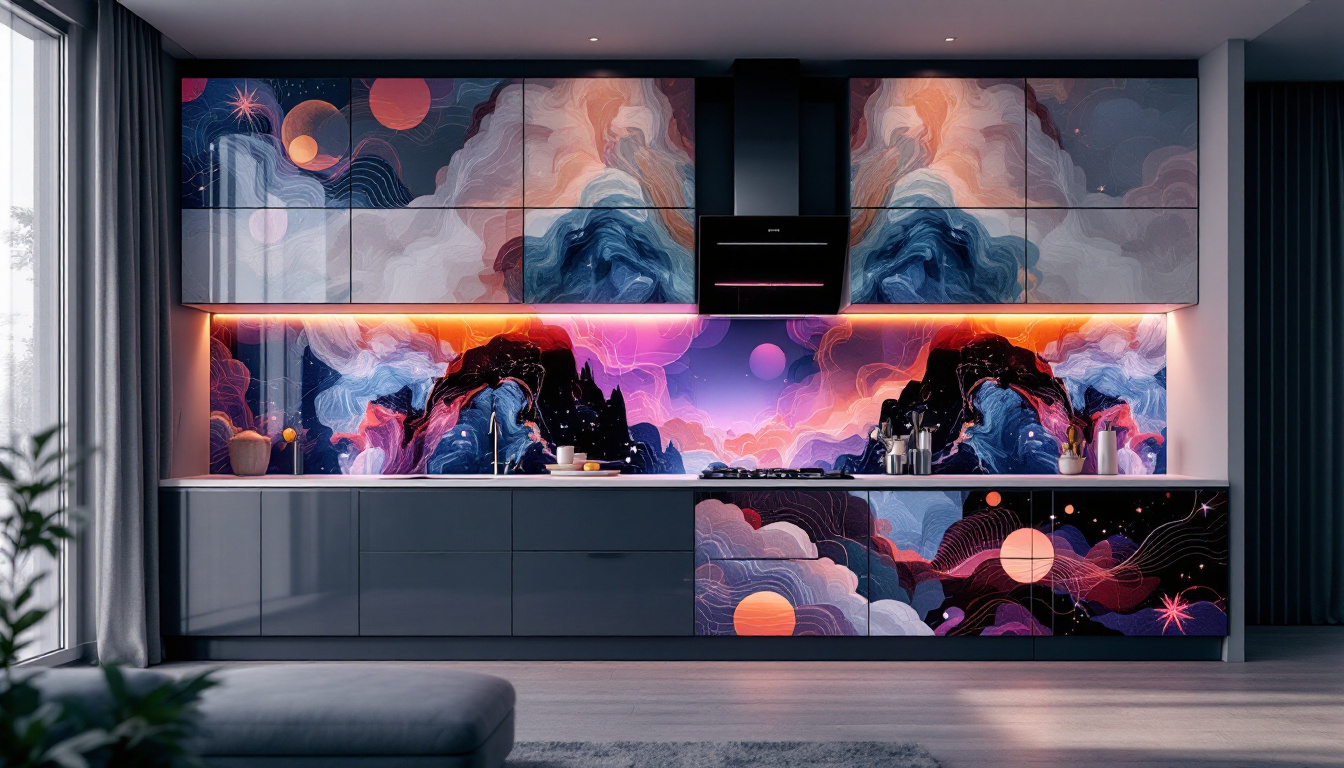In recent years, the demand for portable projection screens has surged, particularly in the realms of business presentations, educational settings, and home entertainment. The advent of LED technology has revolutionized how we experience visual content, making it more vibrant and accessible. This article delves into the intricacies of portable projection screens, with a focus on LED displays, their benefits, and how they compare to traditional projection methods.
Understanding Portable Projection Screens
Portable projection screens are designed to be easily transported and set up in various environments. They are ideal for professionals who frequently travel for presentations, educators who require flexibility in their teaching spaces, and even home users who want to enjoy a cinematic experience without the commitment of a fixed setup. With advancements in technology, these screens have become more versatile and user-friendly, making them an essential tool for anyone looking to deliver impactful visual content.
In addition to their portability, many modern projection screens also feature enhanced durability and ease of use. Some models come with built-in mechanisms that allow for quick setup and takedown, which is particularly beneficial for users who may be pressed for time. Furthermore, many screens are designed to be wrinkle-resistant and easy to clean, ensuring that they maintain a professional appearance even after multiple uses. This combination of convenience and functionality makes portable projection screens a popular choice across various fields, from corporate training sessions to educational workshops.
Types of Portable Projection Screens
There are several types of portable projection screens available on the market, each catering to different needs and preferences. The most common types include:
- Tripod Screens: These screens are supported by a collapsible tripod, making them easy to set up and take down. They are lightweight and typically come in various sizes, making them suitable for both small and large presentations. Their stability and ease of use make them a favorite among traveling professionals.
- Pull-Down Screens: These screens can be mounted on a wall or ceiling and are pulled down when needed. They offer a sleek look and can be a great option for home theaters. Many pull-down screens also feature motorized options, allowing users to control the screen with the push of a button, enhancing the overall viewing experience.
- Tabletop Screens: Ideal for small meetings or presentations, these screens are compact and can be placed on a table or desk. They are perfect for close-up viewing and often come with a carrying case for easy transport. Their portability makes them an excellent choice for educators and business professionals who need to set up in various locations.
Key Features to Consider
When selecting a portable projection screen, several key features should be taken into account:
- Size: The size of the screen should be determined by the intended use. Larger screens are suitable for bigger audiences, while smaller screens may suffice for intimate settings. It’s also important to consider the available space for setup, as some environments may not accommodate larger screens.
- Aspect Ratio: Common aspect ratios include 4:3 and 16:9. The choice depends on the type of content being displayed, with 16:9 being ideal for widescreen videos. Additionally, some screens offer adjustable aspect ratios, allowing users to switch between formats depending on their needs.
- Material: The screen material affects image quality. Some materials are designed to enhance brightness and contrast, while others may be more suited for ambient light conditions. High-quality screens often feature specialized coatings that improve color accuracy and reduce glare, ensuring that presentations look their best regardless of lighting conditions.
Another important consideration is the screen’s portability features, such as weight and carrying options. Many portable screens are designed with lightweight materials that make them easy to transport, while some come with convenient carrying cases or built-in handles. This aspect is particularly crucial for professionals who may need to move between locations frequently. Additionally, some models include features like adjustable height settings, which can further enhance their usability in different environments, allowing for a more tailored viewing experience.
The Rise of LED Technology
LED (Light Emitting Diode) technology has gained immense popularity in the realm of projection screens. Unlike traditional projection methods that rely on lamps, LED displays utilize diodes to produce light, resulting in several significant advantages.
Benefits of LED Displays
LED displays offer numerous benefits that make them an attractive option for portable projection screens:
- Brightness: LED screens are known for their high brightness levels, making them suitable for both dark and well-lit environments. This versatility ensures that presentations remain clear and visible regardless of lighting conditions.
- Color Accuracy: One of the standout features of LED technology is its ability to produce vibrant colors with excellent accuracy. This is crucial for presentations that rely on color fidelity, such as graphic design or photography.
- Longevity: LED displays have a longer lifespan compared to traditional lamps, often lasting tens of thousands of hours. This durability translates to lower maintenance costs over time.
Energy Efficiency
Another significant advantage of LED technology is its energy efficiency. LED displays consume less power than traditional projection methods, making them not only cost-effective but also environmentally friendly. This efficiency is particularly beneficial for users who need to operate their screens for extended periods, such as during conferences or events.
Comparing LED Displays to Traditional Projection Systems
While LED displays offer numerous advantages, it is essential to compare them with traditional projection systems to understand their unique benefits and potential drawbacks.
Image Quality
Image quality is often a deciding factor when choosing between LED displays and traditional projectors. LED screens typically provide sharper images with higher contrast ratios, which enhances the viewing experience. Traditional projectors, on the other hand, may struggle in brightly lit environments, leading to washed-out images.
Portability and Setup
In terms of portability, LED displays have a clear edge. Many LED screens are lightweight and compact, making them easy to transport. Traditional projectors often require additional equipment, such as screens and mounts, which can complicate the setup process. Additionally, LED displays can be set up in a matter of minutes, allowing users to focus on their presentations rather than technical challenges.
Choosing the Right Portable LED Projection Screen
When selecting a portable LED projection screen, several factors should be considered to ensure the best fit for specific needs.
Assessing Your Needs
Before making a purchase, it is crucial to assess your specific needs. Consider the following questions:
- What is the primary purpose of the screen? (e.g., business presentations, home theater, educational use)
- What is the typical viewing environment? (e.g., bright rooms, dark auditoriums)
- How often will the screen be transported? (e.g., daily, weekly, occasionally)
Budget Considerations
Budget is another critical factor when choosing a portable LED projection screen. While LED technology may come with a higher upfront cost compared to traditional options, the long-term savings in maintenance and energy costs can make it a worthwhile investment. It is essential to balance quality with affordability to find a screen that meets both performance and budgetary requirements.
Setting Up Your Portable LED Projection Screen
Once the right screen has been selected, proper setup is essential to maximize its potential. Here are some tips for setting up a portable LED projection screen effectively.
Optimal Placement
Placement plays a significant role in the viewing experience. The screen should be positioned at a height that allows for comfortable viewing without straining the neck. Additionally, ensure that the screen is not obstructed by furniture or other objects, as this can hinder visibility.
Adjusting the Environment
Lighting conditions can significantly impact the performance of an LED projection screen. For the best results, it is advisable to dim the lights or use curtains to minimize glare. If using the screen in a bright environment, consider using a screen with a high gain to enhance brightness and contrast.
Maintenance and Care for LED Projection Screens
Maintaining a portable LED projection screen is crucial for ensuring its longevity and optimal performance. Here are some maintenance tips to keep in mind.
Cleaning the Screen
Regular cleaning is essential to prevent dust and smudges from affecting image quality. Use a soft, lint-free cloth and a gentle cleaning solution specifically designed for screens. Avoid using harsh chemicals or abrasive materials, as these can damage the screen surface.
Storing the Screen
When not in use, store the portable LED projection screen in a protective case to prevent damage during transport. Ensure that the screen is completely dry before storing it, as moisture can lead to mold or mildew.
Conclusion
Portable LED projection screens have transformed the way visual content is shared and experienced. With their superior brightness, color accuracy, and energy efficiency, they are an excellent choice for a variety of applications, from business presentations to home entertainment. By understanding the different types of screens available, assessing individual needs, and following proper setup and maintenance practices, users can maximize the benefits of their portable LED projection screens.
As technology continues to evolve, staying informed about the latest advancements in projection technology will ensure that users can make educated decisions that enhance their viewing experiences. Whether for professional use or personal enjoyment, a portable LED projection screen can provide a versatile and high-quality solution for all visual display needs.
Discover LumenMatrix’s Advanced LED Display Solutions
Ready to elevate your visual presentations with the latest in LED display technology? Look no further than LumenMatrix, a pioneer in crafting immersive LED experiences. From dynamic indoor and outdoor displays to innovative solutions like vehicle and sports LED displays, LumenMatrix offers a comprehensive range of products designed to captivate your audience. Embrace the future of visual communication with our custom, all-in-one, and transparent LED displays. Check out LumenMatrix LED Display Solutions today and transform your space into a vibrant canvas of possibilities.

